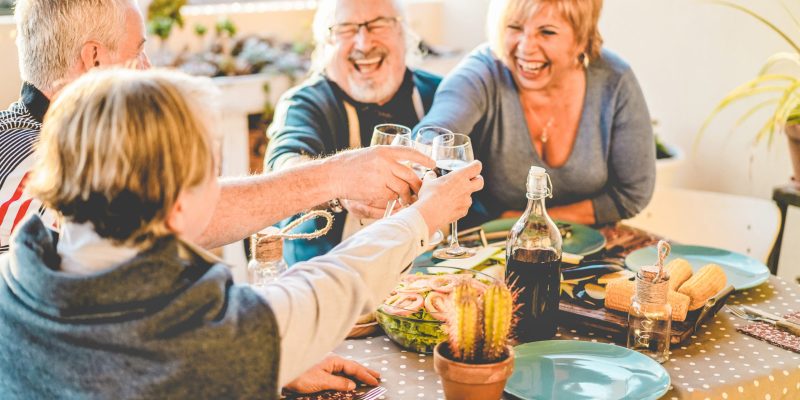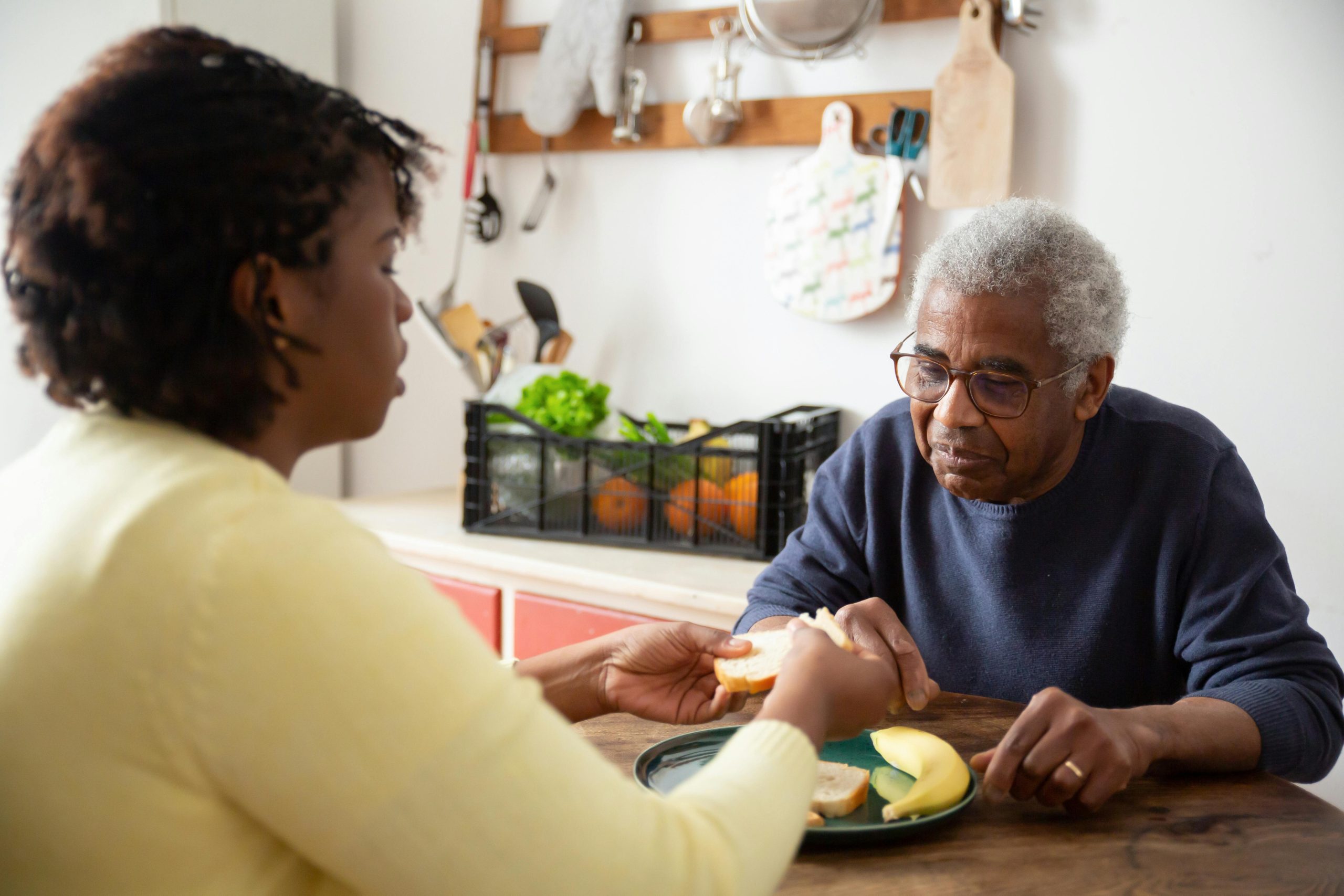Making friends in your fifties can feel like a unique challenge, but it’s far from impossible. As life transitions—retirement, a move to a new city, or kids leaving the nest—reshape your social world, building new connections is essential. It’s not just about filling your time; it’s about your emotional well-being and overall quality of life. Many people wonder, is it normal to have no friends in your 50s, and the answer is that it’s a common experience. This guide provides actionable strategies to help you expand your social circle, overcome barriers, and create meaningful relationships during this vibrant stage of life.
Why Making Friends in Your Fifties Matters
Building and maintaining friendships after 50 isn’t a luxury; it’s a core component of a healthy life. Social connections directly impact your mental health, physical resilience, and even how long you live. As familiar social structures like the workplace or school-gate chats fade, it becomes vital to actively seek new communities. Acknowledging that your social circle might shrink due to retirement, relocation, or family changes is the first step—it validates the experience and empowers you to rebuild.
The Health Benefits of Strong Friendships
The positive effects of friendship are backed by solid research. Strong social ties can lead to a reduced risk of depression, lower blood pressure, and improved cognitive function. Friends offer emotional support that helps buffer stress, which in turn can reduce inflammation and boost your immune system. Studies consistently show that older adults with robust social networks tend to live longer, healthier lives, with some research suggesting it even decreases the risk of dementia. These connections are powerful pieces of your overall wellness puzzle and key among healthy aging tips.
Common Challenges to Friendship After 50
If making friends feels harder now than it did in your twenties, you’re not alone. The built-in social environments of school and early career are gone. Common obstacles now include a loss of workplace connections after retirement, moving to a new area, or the death of a spouse or long-time friends. You might also find yourself with less energy or facing confidence issues that weren’t there before. These hurdles are normal, and recognizing them without judgment is crucial to moving past them.
Understanding the Psychology of Adult Friendships
To build new friendships, it helps to understand a little about how they form. One key idea is the “mere exposure effect,” which suggests that we tend to develop a preference for people simply because we see them often. This is why consistency is so important. Another concept is the social convoy model, which visualizes your relationships in concentric circles—from close confidants to casual acquaintances. It’s a reminder that not every new person needs to become a best friend. Meaningful relationships develop gradually over time, starting with simple, repeated interactions.

Where to Meet People in Your Fifties
Finding the right places is half the battle. The goal is to find settings with built-in common interests and the potential for regular interaction. Think about what genuinely interests you and explore the options that fit your lifestyle and comfort level.
Community-Based Activities and Groups
Your local community is filled with opportunities. Check out your local community center for classes, workshops, or social events. Libraries often host book clubs, author talks, and workshops. Becoming a regular at a neighborhood café or park can also lead to familiar faces becoming friends. Don’t overlook faith-based groups or local clubs centered around shared interests like supper clubs or community gardening projects.
Hobby and Interest-Based Groups
Shared interests are natural conversation starters. They remove the pressure of small talk and give you an immediate common ground. Consider joining a gardening club, photography course, art class, or a writing workshop. These environments are especially great if you’re a bit shy, as the focus is on the activity itself, allowing conversations to happen more organically. This is an excellent strategy for how to make friends as an older woman, as many of these groups foster supportive environments.

Fitness and Sports Activities
Combining physical and social health is a win-win. Look for activities that match your fitness level. Walking clubs, gentle yoga studios, and water aerobics classes are popular choices. You could also try a tennis league, a cycling meetup, or a dance class like ballroom or line dancing. The shared experience of a physical challenge helps build a strong sense of camaraderie, making it easier to connect while you focus on staying active as you age.
Educational Opportunities and Classes
It’s never too late to learn something new, and classrooms are a fantastic place to meet people. Sign up for a course at a community college, an adult education program, or a language class. The structured environment means you’ll see the same people week after week, allowing friendships to develop naturally over a shared learning experience.
Volunteering and Community Service
Volunteering is one of the most effective ways to build friendships. When you work alongside others toward a common goal, social barriers break down quickly. You connect over a shared purpose, which often leads to deeper conversations. Look for opportunities at food banks, animal shelters, hospitals, or environmental organizations. You’ll not only meet like-minded people but also feel a renewed sense of purpose.
Online Platforms and Digital Communities for Making Friends After 50
In today’s world, online connections can be just as meaningful as in-person ones. For those with mobility issues or living in more isolated areas, digital platforms are a gateway to a vibrant social life. They can be used to find virtual friends or to coordinate local, in-person meetups.
Friendship-Focused Websites and Apps
Several platforms are designed specifically for adults over 50. Meetup.com is excellent for finding local groups based on any interest imaginable. Stitch.net connects older adults for companionship and activities. Other options like Nextdoor can help you connect with neighbors, while apps like Amintro are built exclusively for making friends in your age group.
Online Groups Based on Interests
Don’t underestimate the power of Facebook groups or Reddit communities. You can find active, moderated groups for almost any hobby, from classic film appreciation to sourdough baking. These communities allow you to connect with people globally or locally who share your specific passions. Just be sure to choose well-moderated groups to ensure a safe and positive experience.
Practical Strategies for Building Friendships
Knowing where to go is the first step; knowing how to turn an interaction into a friendship is the next. Here are some practical techniques to guide you.
Start With Existing Connections
Before you start from scratch, look at your current circle. Is there a former colleague you enjoyed talking to? A neighbor you exchange pleasantries with? Reach out to these acquaintances with a specific, low-pressure invitation, like grabbing a coffee or visiting a local market. Nurturing these “warm” contacts often requires less emotional energy.

Master the Art of Showing Up Consistently
Remember the mere exposure effect? It works. Whether it’s a yoga class, a volunteer shift, or a book club, commit to attending at least 3-4 times before deciding if it’s for you. Arrive a few minutes early or stay a little late to chat. Consistency makes you a familiar, friendly face and signals that you’re open to connection.
Take Initiative and Extend Invitations
Friendships rarely happen without someone making the first move. This can be the hardest step, but it’s essential. Be the one to suggest, “This was fun! We should get coffee sometime.” or “I’m planning to check out that new exhibit next week, would you like to join?” Normalize the fact that some people will say no, and that’s okay. It’s not a reflection on you.
Focus on Being Interested Rather Than Interesting
People are drawn to those who show genuine curiosity in them. Practice active listening—put your phone away and truly hear what the other person is saying. Ask open-ended questions about their interests and experiences. You don’t need to have amazing stories to tell; you just need to be a good listener. Sharing your own vulnerabilities in return helps build trust and deepens the connection.
Set Realistic Expectations for Friendship Development
Close friendships don’t happen overnight. It can take months, or even years, to develop a deep bond. Be patient with the process. Aim to make acquaintances first, then casual friends. Celebrate the small wins. Forming just one or two quality friendships is a huge success.
Overcoming Barriers to Making Friends
Knowing the strategies is one thing, but putting them into practice can be blocked by internal and external hurdles. Here’s how to tackle them.
Dealing With Shyness and Social Anxiety
If you identify as shy, you’re in good company. Start with smaller gatherings rather than large parties. Bring a prop, like a book or a craft project, to serve as a conversation starter. It’s also okay to admit you’re a bit nervous; this often makes you more relatable. Prepare a few conversation topics in advance to reduce the pressure of thinking on the spot.
Managing Confidence and Self-Esteem Issues
Fears of rejection can feel more intense as we age. It’s important to practice self-compassion and focus on what you bring to a friendship. Remember that most people are receptive to a friendly smile or question. If low self-esteem is a significant barrier, consider talking with a therapist or joining a support group to build your confidence in a safe space.
Navigating Practical Constraints
Life comes with logistical challenges. If mobility is an issue, focus on online communities or activities within walking distance. For transportation problems, look into carpooling or ride-sharing options with others from your group. If your budget is tight, take advantage of free library programs, park events, or volunteer work. Even with limited time, committing to one short, regular activity is better than nothing.
Special Considerations for Friendship After 50
Friendships in midlife have a different texture than those formed in your youth. Understanding these nuances can help you adapt your approach.

Quality Over Quantity in Later Life
Research on socioemotional selectivity theory shows that as people age, they naturally prioritize fewer, higher-quality relationships. This is a feature, not a bug. It’s better to have two or three close, supportive friends than a wide circle of superficial connections. Focus on investing your social energy deeply rather than broadly.
Maintaining Long-Distance Friendships
Sometimes your best friends live far away. Nurture these essential connections with intention. Schedule regular video calls, watch a show together remotely, or play an online game. Planning visits, even if infrequent, gives you both something to look forward to and reinforces your bond.
Creating Your Own Social Events
Don’t wait for invitations—create your own. Host a small book club, a potluck dinner, or organize a weekly walking group in your neighborhood. Taking a leadership role, even a small one, is a powerful way to accelerate friendship development. You provide the space, and others who are also looking for connection will gravitate toward you.
Conclusion
Making friends in your fifties is an active, intentional process, but it is one of the most rewarding investments you can make in your health and happiness. It requires a bit of courage, a dose of patience, and a willingness to step just outside your comfort zone. By exploring your interests, showing up consistently, and taking small initiatives, you can build a rich and supportive social life that will sustain you for years to come. These connections are a vital part of the journey to not just age well, but to thrive. At www.notonetype.org, we believe that building a fulfilling life is a continuous journey, and fostering strong relationships is a key step in learning how can we live longer and more joyful lives.


You may also like this
How to Make Friends as an Older Woman: 12 Proven Ways
Making friends as an older woman is not only possible but essential for your mental...
Nov
Complete Guide to Fall Prevention: Tips to Keep Seniors Safe and Independent
Falls represent one of the most serious health threats facing older adults today. According to...
Nov
Staying Active as You Age: A Complete Guide to Exercise and Fitness for Older Adults
Staying active as you age is one of the most powerful choices you can make...
Nov
How to Be Healthy at 50: A Complete Wellness Guide for Women
Turning 50 is a significant milestone. It’s a time of transition, reflection, and new opportunities,...
Nov
How to Age Gracefully in Your 60s: A Complete Guide to Thriving in Your Sixth Decade
Your 60s represent a vibrant decade filled with opportunities for growth, wellness, and fulfillment. Aging...
Nov
Healthy Aging Tips: 10 Ways to Age Well in 2025
Aging is inevitable, but how you age is largely within your control. Research shows that...
Nov